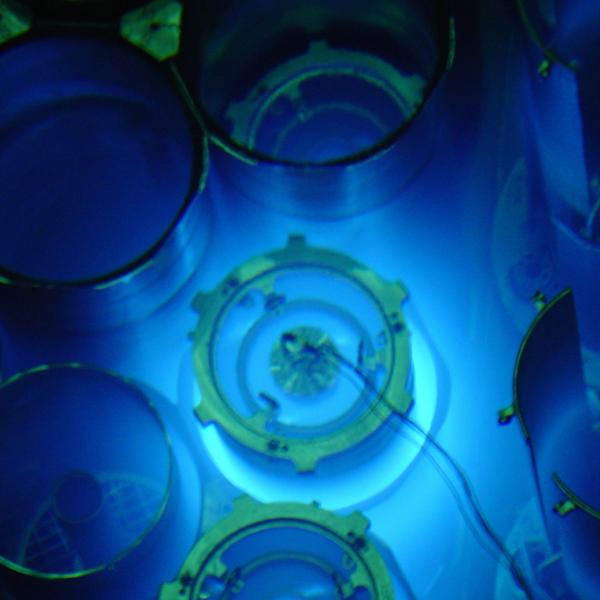

Published on the 2nd March 2021 by ANSTO Staff
Please note that this content was current at the time of publishing (March 2021). Dr Geordie Graetz no longer works at ANSTO.
ANSTO has joined an International Atomic Energy Agency (IAEA) Coordinated Research Project focused on the Economic Appraisal of Small Modular Reactors (SMRs) to provide information to assist in evaluating the economic viability of the technology.
This is timely given the Australian Government’s decision to include SMR technologies on a watch list of energy generation systems as part of its First Low Emissions Technology Statement in September 2020.
As part of the international project, the ANSTO team will contribute to the development of a systematic approach to the economic appraisal of SMRs; collaborate in the production of a methodological tool for assessing the technological readiness and financial viability of SMR designs; prepare a case study on Australia’s potential to adopt SMR technologies in the future (should government policy change); undertake an analysis of financing options for SMRs; develop a topology for the most efficient legal, regulatory, and licensing regimes; and the investment necessary to develop a framework to build and test the social acceptability of SMRs

The primary project team comprises Government and Internal Affairs Advisor, Dr Geordie Graetz (ANSTO), as Chief Scientific Investigator, and National Director, Australian Generation IV International Research, Prof. Lyndon Edwards (ANSTO), as Secondary Chief Scientific Investigator; Helen Cook, Principal of GNE Advisory and international expert in nuclear law; and public affairs consultant and former ANSTO and OECD-Nuclear Energy Agency executive, Ron Cameron. Dr Mark Ho, from ANSTO, and Tony Irwin, the commissioning manager of the OPAL multi-purpose research reactor, also form part of the core team. Extended project personnel include a number of ANSTO experts, as well as academics, economists, and representatives from the nuclear and energy industries.
As part of the international project, ANSTO’s appraisal of SMRs will be based on the four key pillars of technological readiness, economic viability, legal authority, and social acceptability.

The technological readiness assessment includes the identification of near-term deployable designs, the capacity to integrate those designs into existing energy systems, and the ability of respective technologies to support other economic activities.
“Many countries are struggling to determine the economic viability of SMRs in their respective jurisdictions. Suitable methodologies are needed for accurate appraisals,” said Graetz.
Economic viability encompasses market design, structure, and suitability; economic factors that affect the adoption of SMRs; the level of government support; implementation mechanisms; projected costs; financing options; system costs; and benefits for other industries and sectors.
The third pillar, Legal Authority, will focus on the legal and regulatory framework and cost analyses.
“As part of the possible introduction of any new nuclear technology, the social acceptability of that technology needs to be addressed,” said Graetz.
This theme involves the identification and analysis of the overall social acceptability of SMRs; the costs of human capital development; the costs associated with site selection and acceptance; the likely community benefit; and costs associated with social acceptance of deployment.
The Australian project team will compile an Australian case study based on the assessments, drawing on the analytical frameworks that the team will be developing in partnership with other project teams from around the world.
“This is a significant opportunity for ANSTO and Australia”, said Graetz.
“This is by far the largest Coordinated Research Project the IAEA has ever run. It has 50 project teams. The exposure and access to information and data that this will give Australia is invaluable, and there will be numerous benefits that flow from participation in the project, specifically the ability to provide expert and factual advice to Government and the Australian community on the anticipated costs associated with pursuing the new SMR reactor designs if at some point Australia was to explore this opportunity. Rs.”
“Even if Australia chooses not to adopt nuclear energy technologies, it is important that Australia is well informed on these matters and maintains our local knowledge of all aspects of the nuclear industry. . There are also opportunities for Australia in providing expert advice and services to support the implementation of nuclear energy programs in other countries in our region.
This is consistent with our mandate as Australia’s knowledge centre for nuclear science and technology, and this opportunities follows two recent parliamentary inquiries at the Federal and New South Wales levels that recommended further investigation of SMR technologies”, said Graetz.



